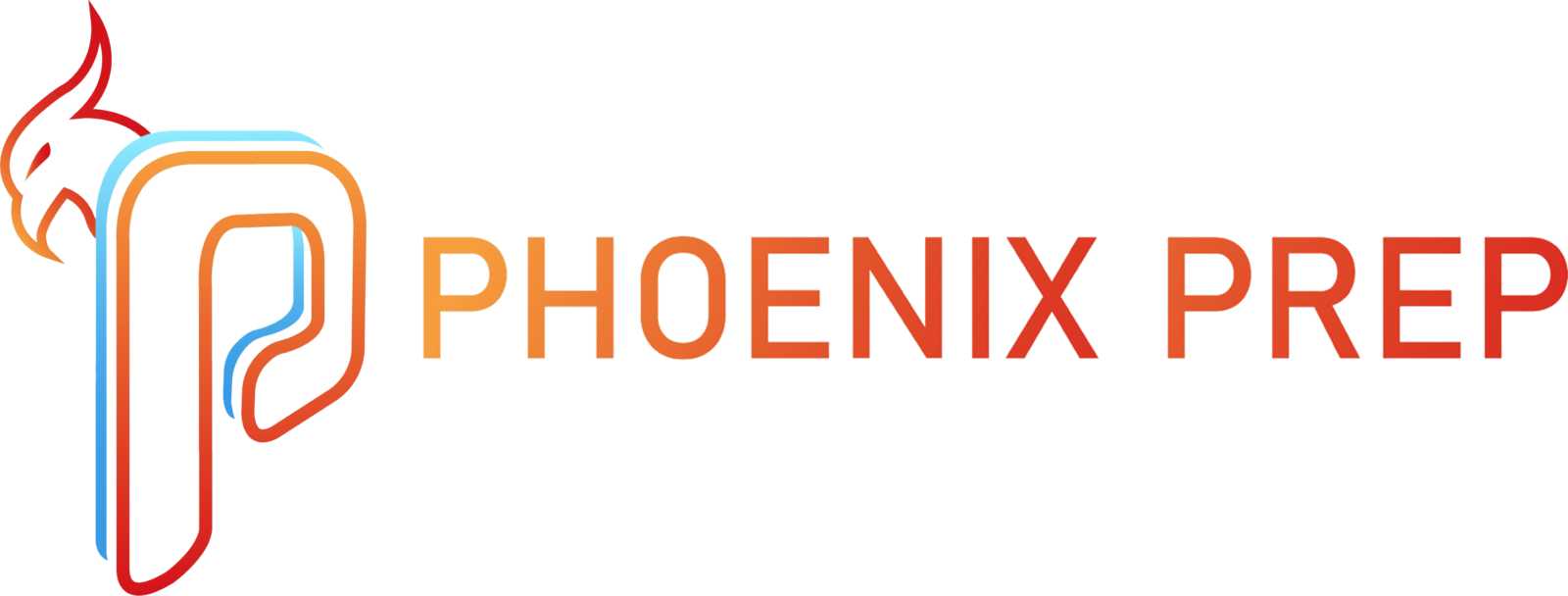Over 600 languages are spoken in New York City in addition to English—one can find Amharic spoken in the neighborhood of Norwood, for example, or Ghalie in Jackson Heights. English is the most common, with 65% of New Yorkers speaking it at home; Spanish is second, at 20%. A linguist hypothesizes that a Spanish dialect—a variation differing from the parent language in some of its vocabulary, pronunciation, and grammar—has developed in New York City, partly due to its linguistic interaction with English. Previous research shows that younger speakers of nonmajority languages are more likely to borrow words from the majority language of a region than are older speakers. If the linguist’s hypothesis is correct, it is therefore likely to be the case that ______.
Which choice most logically completes the text?
A. Spanish used by younger speakers in New York City tends to have more words borrowed from other nonmajority languages than borrowed from English.
B. The proportion of younger speakers who use a Spanish dialect specific to New York City is higher in neighborhoods where many languages are spoken than in neighborhoods where Spanish and English predominate.
C. Younger speakers of Spanish in New York City would be more likely to use a dialect specific to New York City than older speakers living in the same neighborhood would be.
D. Both the number of languages spoken in New York City and the number of dialects of each of those languages will increase over time.
(Cre: College Board)
Answer: C
Explanation:
Kết luận: ở NYC đã hình thành Spanish dialect do tương tác với tiếng Anh (ngôn ngữ đa số). Nghiên cứu trước cho biết người trẻ dùng ngôn ngữ không đa số có xu hướng mượn từ ngôn ngữ đa số nhiều hơn người lớn tuổi. Suy ra, nếu giả thuyết đúng, người trẻ nói tiếng Tây Ban Nha ở NYC sẽ dễ dùng phương ngữ NYC (chịu ảnh hưởng tiếng Anh) hơn người lớn tuổi.
Choice C. Nói đúng điều cần suy ra: người trẻ nói Spanish ở NYC có khả năng dùng phương ngữ NYC cao hơn người lớn tuổi cùng khu. Phù hợp trực tiếp với cơ chế “mượn từ ngôn ngữ đa số (Anh) nhiều hơn ở nhóm trẻ” → ỦNG HỘ giả thuyết.
Choice A. Khẳng định từ mượn nhiều hơn đến từ các ngôn ngữ thiểu số khác hơn là từ tiếng Anh → TRÁI với bằng chứng “mượn từ ngôn ngữ đa số”.
Choice B. Đưa thêm biến “khu nhiều ngôn ngữ vs khu chủ yếu Anh–Tây Ban Nha”; không nói đến yếu tố tuổi là then chốt cho dự đoán → KHÔNG trực tiếp hỗ trợ giả thuyết.
Choice D. Dự đoán xu hướng tăng theo thời gian cho cả số ngôn ngữ và số phương ngữ; quá rộng và KHÔNG được suy ra từ cơ chế “người trẻ mượn từ nhiều hơn”.
#SAT
#SATEXPLANATION
#SATREALTEST
#REALTEST
#NYC



